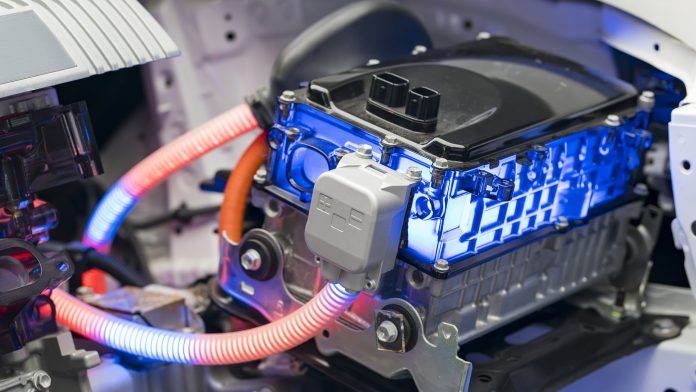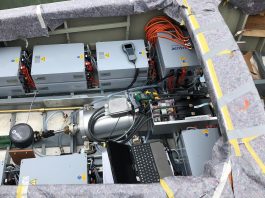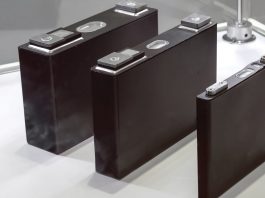US-based researchers have developed a method of eliminating dendrite formation, preventing short-circuiting in lithium-ion batteries.
One of the more promising battery technologies being studied is lithium-ion batteries that use a solid electrolyte material between the two electrodes, rather than the typical liquid. However, these batteries have branch-like projections of a metal called dendrites, this metal eventually bridges the electrolyte and shorts out the battery cell. In a paper published in the journal Nature Energy, researchers have described their new method of preventing short-circuiting in lithium batteries prevent such dendrite formation.
Solid-state batteries have been a long-sought technology for two reasons: safety and energy density. However, lead author professors Yet-Ming Chiang, explains: “The only way you can reach the energy densities that are interesting is if you use a metal electrode. And while it’s possible to couple that metal electrode with a liquid electrolyte and still get good energy density, that does not provide the same safety advantage as a solid electrolyte does.”
Solving the issue of dendrite formation
It’s been known that dendrites form more rapidly when the current flow is higher – which is necessary to allow rapid charging. So far, the current densities that have been achieved in experimental solid-state batteries have been far short of what would be needed for a practical commercial rechargeable battery.
The team solved the dendrite problem by adopting a compromise between solid and liquid states. They made a semisolid electrode, in contact with a solid electrolyte material. The semisolid electrode provided a kind of self-healing surface at the interface, rather than the brittle surface of a solid that could lead to tiny cracks that provide the initial seeds for dendrite formation.
The material is more solid than liquid but resembles the amalgam dentists use to fill a cavity – solid metal, but still able to flow and be shaped. At the ordinary temperatures that the battery operates in, it stays in a regime where you have both a solid phase and a liquid phase. The team demonstrated that it was possible to run the system at 20 times greater current than using solid lithium, without forming any dendrites.









